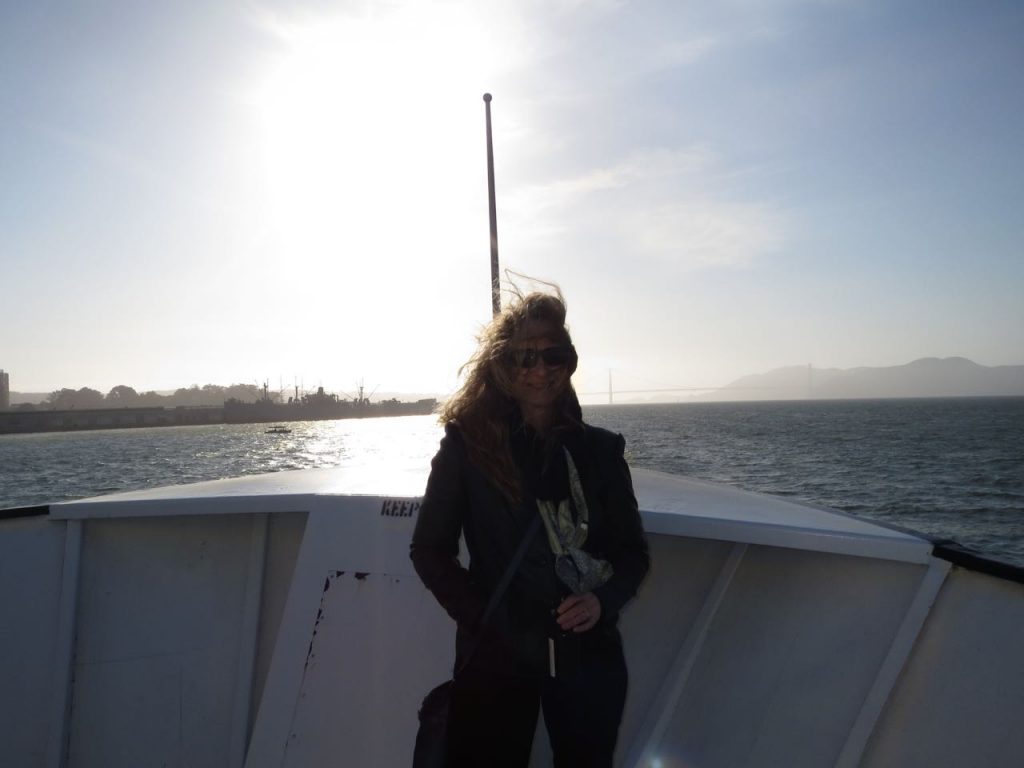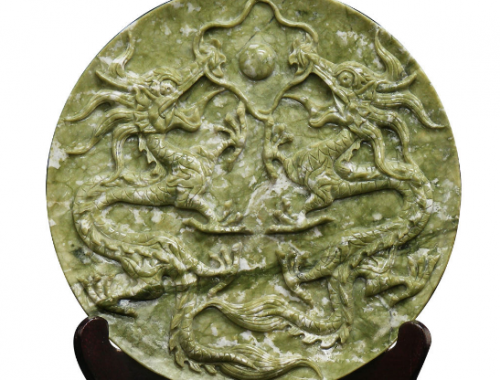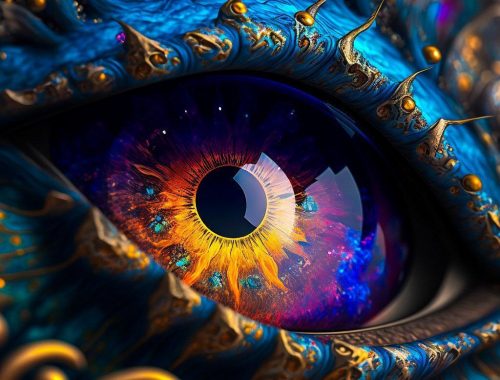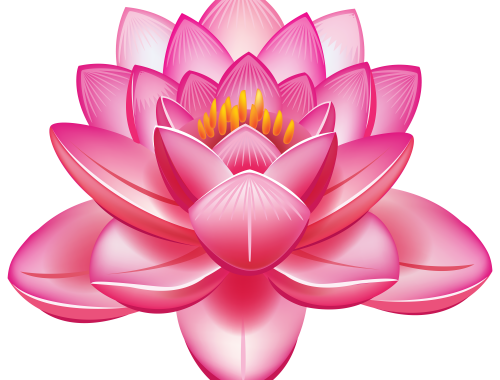
Learning To Become Whole Again
While we can intellectually understand the eternity of life and death, this does not assuage the real pain we feel from losing those we love.
Working through feelings and emotions are part of the journey to overcoming our sorrow and grief, to learning to become whole again. In many of Nichiren Daishonin’s letters to his disciples, he expresses his condolences and empathizes with their suffering.
To Nanjo Tokimitsu, who had just lost his 16-year-old brother, Shichiro Goro, Nichiren writes:
Once a person is born that person must die—wise men and foolish, eminent and lowly alike all know this to be a fact. Therefore one should not be grieved and alarmed by a person’s death; I know it to be so and teach others to do likewise. And yet when something like this actually happens, I wonder if it is not a dream or an illusion. …
I can scarcely believe that such a thing has happened, and cannot even think of what words to write, though there is much more that I would say. [4]

Shortly after this letter, Nichiren wrote another one expressing his sincere empathy. In the two years between Shichiro Goro’s passing and Nichiren’s own death, he wrote eight letters to the Nanjo family in which he referred to the late Shichiro Goro, indicating his understanding that time does not diminish the grief of losing a loved one. Truly great was Nichiren’s compassion and empathy for those who were suffering.
While he grieved alongside and empathized with them, Nichiren reassured the Nanjo family that their deceased loved ones had without doubt attained Buddhahood. In a letter to the lay nun Ueno, Shichiro Goro’s mother, Nichiren encourages her as follows:
If all of you nurture the same seeds of Myoho-renge-kyo in your hearts, then you all will be reborn together in the same land of Myoho-renge-kyo. When the three of you are reunited there face to face, how great your joy will be! [5]
Our three founding presidents also experienced the devastation of loss. Second Soka Gakkai President Josei Toda lost his own daughter and wife, but he regarded this suffering as the turning point for him to embark on a journey to gain a deeper understanding of life.
He writes:
The day my daughter died was the saddest day in my life . … I thought to myself, “What if my wife were to die?” That brought me to tears. And then my wife did indeed die. Later I wondered what I would do if my mother died. I was, of course, very fond of my mother. Pursuing things still further, I shuddered at the thought of my own death.

While in prison during the war, I devoted some time to reading the Lotus Sutra, and one day I suddenly understood. I had finally found the answer. It took me more than 20 years to solve the question of death. I had wept all night long over my daughter’s death, and I dreaded my wife’s death and the thought that I, too, would die. It’s because I could finally answer this riddle that I became the president of the Soka Gakkai. [6]
Buddhism teaches that by struggling to overcome the pain and sadness that accompanies death, we become more aware of the dignity of life and develop the spirit to share the sufferings of others as our own.
With strong faith, even the poison of death can become, for those who have survived, great medicine to live with deeper meaning.




